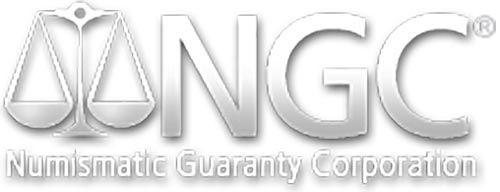
These days, it doesn’t matter much whether the $20 bill you’ve got in your wallet was printed in Washington, DC, or Fort Worth, Texas. However, in the early days of the United States, it was pretty important to know which bank issued your money — if you wanted to actually buy something.
Up until the Civil War, each state chartered its own banks, which then printed currency. The amount of money each bank could print depended on how much gold and silver it had in their reserves. If a bank issued more paper currency than it could redeem, it could be prosecuted for fraud. There were reputable banks and crooked banks, so consumers had to determine whether they were going to be able to redeem their currency for gold or silver before they deposited it in a bank.
This was, however, a tricky process, with even reputable banks falling prey to the ebbs and flows of capital — and not always being able to redeem the currency they had issued. At one point, during the Financial Panic of 1837 (which led to multiple bank closures and a six-year recession), an enterprising publisher marketed a magazine to consumers and investors that included a list of illustrations of all the “good” state-backed currencies.
Clearly, something had to be done. In 1846, the administration of James K. Polk created a United States Treasury system that moved public funds from private banks to Treasury branches in an effort to stabilize the economy. But it took the advent of the Civil War — and the requirements of the federal government for a reliable and stable currency — for Congress to pass the National Banking Act in 1863. It barely squeaked by in a Senate that was divided on the contentious issue of states’ rights. The main thrust of the act was to create a single national currency and eliminate the problem of multiple state banks issuing currency that could not always be redeemed.
The act established the framework for a system of national banks, which could issue currency backed by the federal government and the newly formed United States Treasury. The big problem with the original act was that it left the chartering of the national banks up to the famously corrupt state legislatures, so in 1864, the act was amended to place the chartering of these new national banks into the hands of the federal government.
In a few years, national banks began to spring up all over the country. In 1867, Boise’s First National Bank of Idaho became the first chartered national bank west of the Rocky Mountains. In the northern part of the state, the First National Bank of Sandpoint printed $183,230 dollars worth of national currency over the course of its 27-year run. In Oregon, the Medford Bank opened for business January 20, 1899, and became the Medford National Bank in 1906 with $25,000 in capital against which it could issue currency. The First National Bank of Ashland was incorporated in 1901 as one of the first commercial buildings in that area of the city; it now serves as part of the administrative offices for the renowned Oregon Shakespeare Festival.
The National Banking Act was successful in resolving the issue of multiple currencies — but, most importantly, it boosted consumer trust in the government’s ability to support a national currency. Perhaps the greatest legacy of the act is that we now have the confidence that we can always exchange the $20 in our wallet for $20 worth of goods.
Interested in learning more about the fascinating history of American currency? Come see the experts at Liberty Coin & Currency in Portland and Vancouver.
Liberty Coin & Currency specializes in gold buying and dealing in rare coins. We are a family-owned business that was first established over 16 years ago and is now located in Vancouver and Portland. We also buy gold, silver, diamonds, currency and jewelry. Visit us first for a free evaluation.







